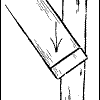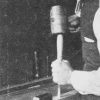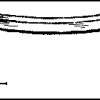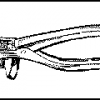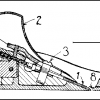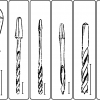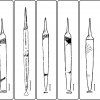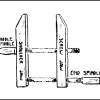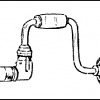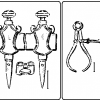We are starting a series of blog posts that will be from various “old but good” books on woodworking. The following comes from William Noyes’s book, Handwork in Wood. William Noyes, M.A. was an Assistant Professor in the Department of Industrial Arts at the Teachers College, Columbia University during the early 1900s. From the Publisher Originally published […]
